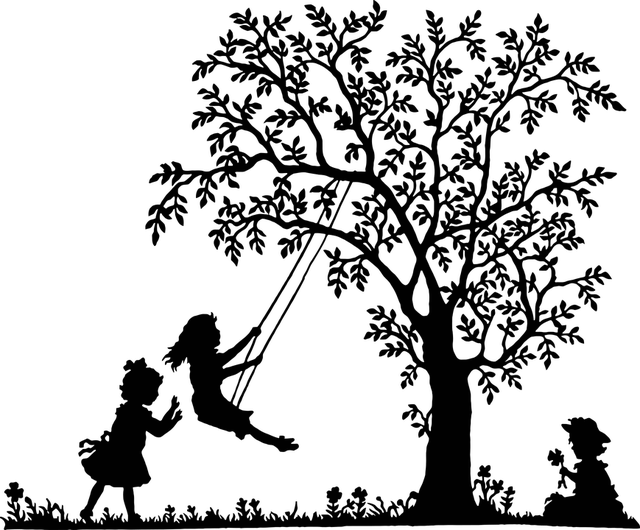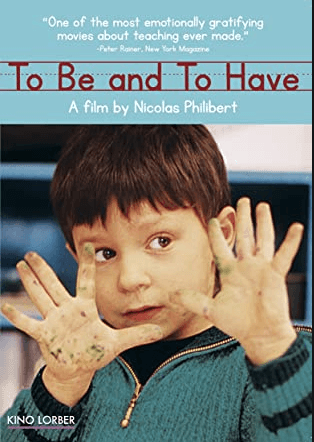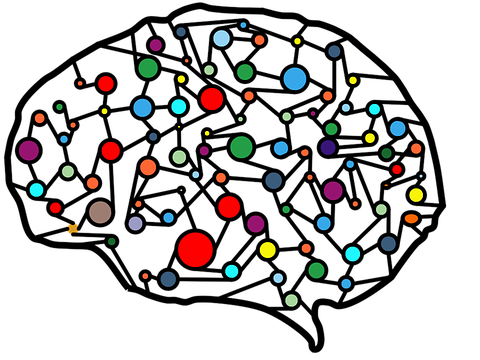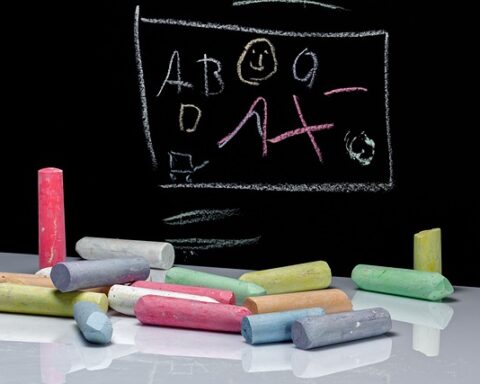We were all young learners once – and for all of us, it was an emotional experience. The joy when we first managed to keep our balance on a bike. The proud first laps we swam without water wings…and also, the frustration about the intractable math exercise and all the other little things we struggled with. But how do young learners’ brains work, and how do they learn best?
Contrary to popular conceptions, childrens’ brains are not sponges merely waiting to absorb knowledge. Rather, the newborn’s brain is equipped with nearly all the neurons (nerve cells passing on information) it needs within a lifetime.
In our early years, the brain creates a network of connections and pathways (aka synapses) between those neurons, which enables it to convey information to all the different areas. This helps us make sense of the world around us and interact with it in a meaningful way.
Surprisingly, once it has established a certain amount of connections, the brain starts weeding out many of them again. Since it loves to save energy and storage space, it just keeps the ones that are actively in use while dismissing the rest (see Meghan Fitz: “synapse formation” and “synapse pruning”).
Thus, brain function is more about practical application than memory storage (or rather, doing vs. passively taking in masses of knowledge).
One example for this is learning to ride a bicycle:
As children, we “fed” the neuronal pathways involved in the activity with physical exercise and experience (falling off, trying again) until the connections were strong enough for us to manage the task. Without constant nurture, the synapses would have dissolved without us learning the skill.
Three key factors for healthy learning
Apparently, the infant brain does not think very highly of information overload – it wants to be able to work things out and connect the dots…quite literally! But how exactly does it do that?
In a nutshell, there are three key factors which help young learners learn. These are:
- Repetition
- Sensory experience (movement and interaction)
- Positive emotions related to the experience
In fact, science has shown that the different parts of the brain connect best through free play, because it combines all of the three factors. Far from being a mere luxury, playing is an actual necessity for young learners’ mental, social and emotional development and wellbeing. In other words:
Play is our brain’s favorite way of learning.
Diane Ackerman
Sadly, what happens in many classrooms is the opposite: sitting still instead of moving around, receiving knowledge instead of exploration, and being “right” or “wrong” instead of a joyful discovery of what works and what doesn’t.
Apart from causing frustration and disappointment, this also means that a large amount of brain connections are lost because they are not properly nourished in school.
So what’s a teacher to do?
With all of the above in mind, is there a way for teachers to tend to their young learners’ needs while still delivering what is expected from them?
Here are some ideas for little tweaks that can make a difference in the classroom.
- Promoting task-based learning that gives students something practical to do. You can combine this with physical activity and games which include standing up, walking around and other physical elements.
- Asking questions gets students involved and builds on their existing knowledge, thus increasing confidence and interest.
- A positive error culture in which students feel valued, even if they don’t get it right all the time. Teachers can gently point out mistakes and let other students help. Group work also enhances young learners’ social skills and team spirit.
When you’re really serious about having a fun class
Depending on the teacher’s interests and personality, it is possible to create an engaging, learner-friendly environment completely off the beaten track, as this little anecdote illustrates:
Allen had never prepared a lesson in his life. Every class of his was improvised theatre. He regarded grammar books as part of the teacher’s room decoration, useful only to prevent a hot cup of coffee from marking the polished desk. His students loved him and seemed to make amazingly good progress.
ELTABBer Paul about his colleague Allen, one of his biggest influences
Allen’s approach was to provide as much practical experience as possible. He’d take his students to supermarkets, where he would place random items (e.g. oranges) in their hands. Then, he’d ask them to name the items, name the price, and so on. His students got a lot out of his lessons, including some great stories to tell.
If you feel inspired to try some playful and educational activities with your students, you can find them at tinkergarten. You can filter your search by age group, length of activity and skill to be practised.
Finally, there is an inspiringly beautiful relation between a class of young learners and their teacher in the film “To be and to have” by Nicolas Philibert (click on the image below to watch the trailer).
Oh, and by the way: Adult learners and their brains love to have fun, too!
References
- Fitzgerald, Meghan (2019) What’s Really Happening in My Child’s Brain? Tinkergarten.com
- HarvardEdu (2011) Video: Experiences build brain architecture (1:56 mins.)
- Gray, Peter (2013) Free to Learn: Why Unleashing the Instinct to Play Will Make Our Children Happier, More Self-Reliant, and Better Students for Life. Basic Books, New York.







